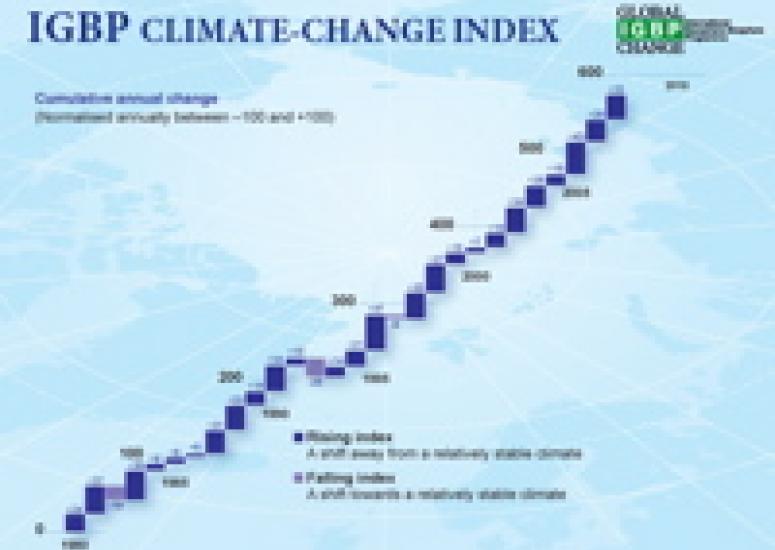-

Hope versus sorrow: finding a frame for climate change
At first glance, the Copenhagen conference seemed like an alternate universe—enormous, byzantine, and riddled with customs and folkways that weren’t at all obvious to someone who’s never been to such a meeting.
- Climate
-
Measuring soil moisture and snow depth
A collaboration of scientists that includes UCAR's John Braun is pioneering a new technique for using GPS satellite signals to measure snow depth as well as soil and vegetation moisture.
-

NCAR director Eric Barron named president of FSU
Eric J. Barron, the director of NCAR, will step down from his position to assume the presidency of Florida State University. An alumnus of FSU, Barron was selected yesterday by its Board of Trustees to lead the university.
-
Statistics software for the geosciences
NCAR researchers are increasingly adopting an innovative tool for statistical computing and graphics. Called R, this community software project is the statistics equivalent of the LINUX movement.
- Air Quality
-

A new index for measuring climate change
A group of scientists has put forth a new tool that combines four distinct measures of climate change into a single number—and the trend is clearly in one direction.
